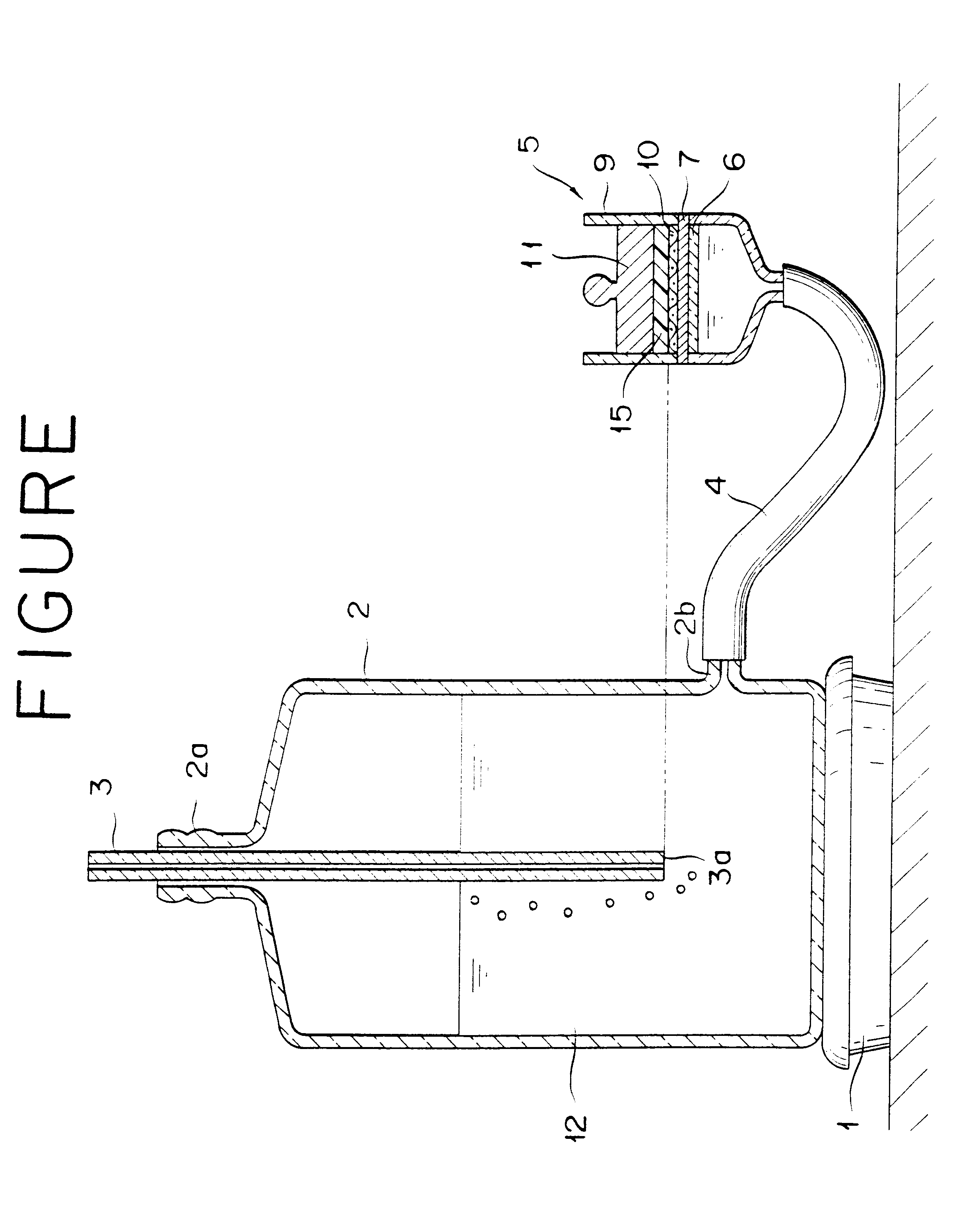Method for production of cross-linked polymer
- Summary
- Abstract
- Description
- Claims
- Application Information
AI Technical Summary
Benefits of technology
Problems solved by technology
Method used
Image
Examples
example 2
A cross-linked polymer (2) of the form of a particulate hydrogel was obtained by repeating the procedure of Example 1 while changing the amount of PEGDA to be used to 6.39 g (0.06 mol % based on the monomer). In this case, the maximum inner temperature of the vessel was 76.degree. C. The produced cross-linked polymer (2) was tested for the absorption capacity and the content of soluble component. The results are shown in Table 1.
example 3
A cross-linked polymer (3) of the form of a particulate hydrogel was obtained by repeating the procedure of Example 1 while causing the formed hydrogel polymer to be briefly ruptured at 40 rpm for 30 seconds when the inner temperature of the vessel reached 40.degree. C. during retention time. In this case, the maximum inner temperature of the vessel was 72.degree. C. The produced cross-linked polymer (3) was tested for the absorption capacity and the content of soluble component. The results are shown in Table 1.
example 4
The gel polymer obtained at about 65.degree. C. by the polymerization performed in the same manner as in Example 1 and 39.4 g of an aqueous 10% sodium hydrogen sulfite solution added thereto were thoroughly mixed together. Subsequently, the resultant hydrogel polymer was extruded through a screw type extruding device provided with a perforated plate, 10 mm in thickness, 12.5 mm in pore diameter, and 30% in opening ratio, as a chopper (produced by Hiraga Kosakusho K.K.) to obtain a cross-linked polymer (4) of the form of a particulate hydrogel. The produced cross-linked polymer (4) was tested for the absorption capacity and the content of soluble component. The results are shown in Table 1.
PUM
| Property | Measurement | Unit |
|---|---|---|
| Time | aaaaa | aaaaa |
| Percent by mass | aaaaa | aaaaa |
| Angle | aaaaa | aaaaa |
Abstract
Description
Claims
Application Information
 Login to View More
Login to View More - R&D
- Intellectual Property
- Life Sciences
- Materials
- Tech Scout
- Unparalleled Data Quality
- Higher Quality Content
- 60% Fewer Hallucinations
Browse by: Latest US Patents, China's latest patents, Technical Efficacy Thesaurus, Application Domain, Technology Topic, Popular Technical Reports.
© 2025 PatSnap. All rights reserved.Legal|Privacy policy|Modern Slavery Act Transparency Statement|Sitemap|About US| Contact US: help@patsnap.com

